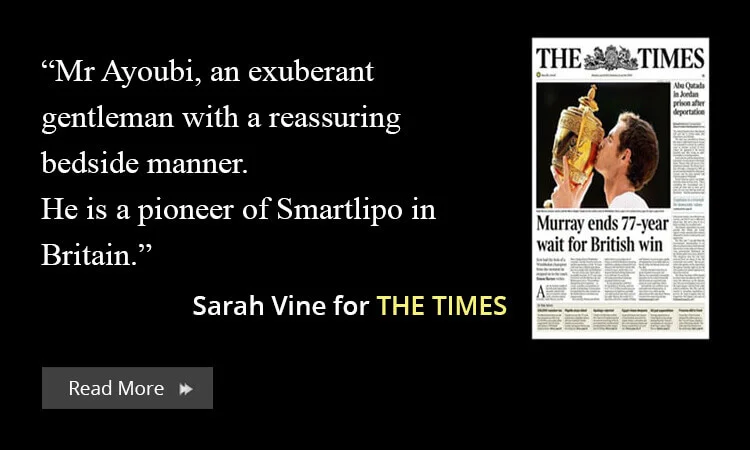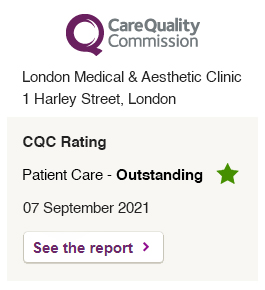What causes scars?
Facial scarring is a common complaint among patients seen at our leading aesthetic clinic. Several aetiologies, including inflammatory acne, trauma, previous surgical procedures, and viral infections such as varicella or herpes simplex, can lead to permanent scarring.
Scars are areas of fibrous tissue that replace normal skin after injury. A scar results from the biological process of wound repair in the skin and other tissues of the body. Scarring is a natural part of the healing process. With the exception of very minor lesions, every wound (e.g. after accident, disease, or surgery) results in some degree of scarring.
What are the different types of scars?
There are different types of scars that people may get –
Ice pick scars are typically small (1-2 mm) and have a wide aperture with steep edges that taper to a single point at the base, as if the skin has been pierced by an ice pick. An epithelial tract forms along the sides of the opening within the scar. These scars may be shallow or deep, and may extend as far as the dermal-subcutaneous junction.
Boxcar scars are round to oval junction. Boxcar scars are round to oval in shape with well-defined vertical edges and a flat base, as if the scar has been punched out of the skin. They typically range from 0.1 to 0.5 mm in depth and are usually widely spaced out on the skin surface, occurring as solitary scars. Unlike ice pick scars, this type of scar does not converge to a single point.
Shallow/atrophic scars present as a cluster of miniaturized boxcar scars. They usually emerge in groups of four or more and occur mainly on the cheeks.
Valley scars (“rolling” scars) are deeper and have an undulating appearance that is best appreciated in indirect lighting. Valley-shaped scars arise from a variable loss of dermis and/or subcutaneous tissue. Because acne and varicella scars are dermal defects, they require a treatment modality that reaches the dermis in order to achieve clinical improvement.
Which combination therapies are available for scars?
Combination Therapies
Any individual patient may have several different morphologies of facial scars and therefore may require a combination of treatments that targets each specific scar type. It is important to understand the timeline of these combination therapies and which treatments may be employed simultaneously versus those that are spaced out several months apart; timing of combination treatments depends on the modalities and mechanisms of action.
Each patient is unique, and clinical improvement may vary significantly among patients. We recommend reassessment of the patient 3 to 6 months following treatment to determine if further procedures would be beneficial.
We present a general guideline of combination treatment options that may be considered in approaching the patient with facial scarring:
- Chemical Peels and Laser Resurfacing
- Laser Resurfacing and Dermabrasion
- Sculptra with Subcision and Laser Resurfacing
- Laser Resurfacing / Dermabrasion / Sculptra with Subcision /Fillers/Chemical Peel
There are many treatment options available for facial scars at London Medical & Aesthetic Clinic. Proper patient assessment, determination of scar morphology and selection of the appropriate treatment modality are essential when addressing facial scarring. It is also necessary to bring patients back for regular follow-up 3 to 6 months after treatment (in addition to routine post procedure follow-up) to properly assess efficacy of any given treatment.
Finally, use of a pre- and post treatment skin-conditioning regime will optimize patient outcomes.
Recent technologies in skin resurfacing enhance more traditional therapies and allow our leading clinic to further options in selecting the best treatment for our patients.
Can peels help with scarring?
There are different types of peels which can help with scarring:
Medium or Deep Chemical Peel
Peel depth is affected by acid concentration, number of coats applied or “passes,” skin thickness, skin preconditioning, body surface being treated, and in some instances, the duration of contact of the acid on the skin.
Keratolytics are used for superficial impact on deeper scarring of atrophic facial scars. Medium-depth chemical peels destroy the stratum corneum as well as epidermis and penetrate into the papillary dermis causing destruction, protein denaturation, and inflammation at a deeper level. This, in turn, results in collagen remodelling and, therefore, scar improvement and tightening. Examples of medium-depth chemical peels include TCA, and variations of TCA peels such as the Obagi Blue Peel (Obagi Medical Products), TCA, or TCA combined with glycolic acid.
How can Sculptra help reduce scars?
Sculptra
London Medical and Aesthetic Clinic is one of the leading clinics in Sculptra treatment in the UK and Europe. Dr Ayham Al-Ayoubi has invented and developed the advanced Sculptra technique to treat Deep Acne and traumatic scarring which has now been adopted by numerous plastic surgeons and cosmetic doctors worldwide.
Sculptra is Poly-L-lactic acid belongs to the alpha hydroxyl acid family. Sculptra is composed of crystalline, irregular sizes of microparticles of poly-L-lactic acid that are 40 to 60 um in diameter. Sculptra is packaged as a sterile freeze-dried preparation that is reconstituted with sterile water 48 hours before injection. After injection of the poly-L-lactic acid, a foreign body reaction occurs over several weeks to months, presenting as a volumetric expansion. It is important to note that there is no visual endpoint at the time of injection, and a waiting period of at least 4 to 6 weeks after initial product placement is recommended before subsequent injections.
Sculptra with Subcision
Subcutaneous incision following Sculptra injection is the treatment of depressed scars. After outlining, anaesthetising, and sterilizing the affected areas, a 22-gauge needle or a tribeveled 18-gauge hypodermic needle is inserted into the superficial fat with the bevel up just adjacent to the scarred area. The needle is turned so that the bevel is perpendicular to the skin surface, and the needle is moved back and forth in a fanning motion to break up the fibrous tissue that is depressing the scar. Audible rasping and popping is observed as the underside to the dermis is released from its subcutaneous attachment. Sculptra would be injected during subcision procedure which restores lost facial scar volume. Following the procedure, patients can expect bruising for up to 1 week.














































